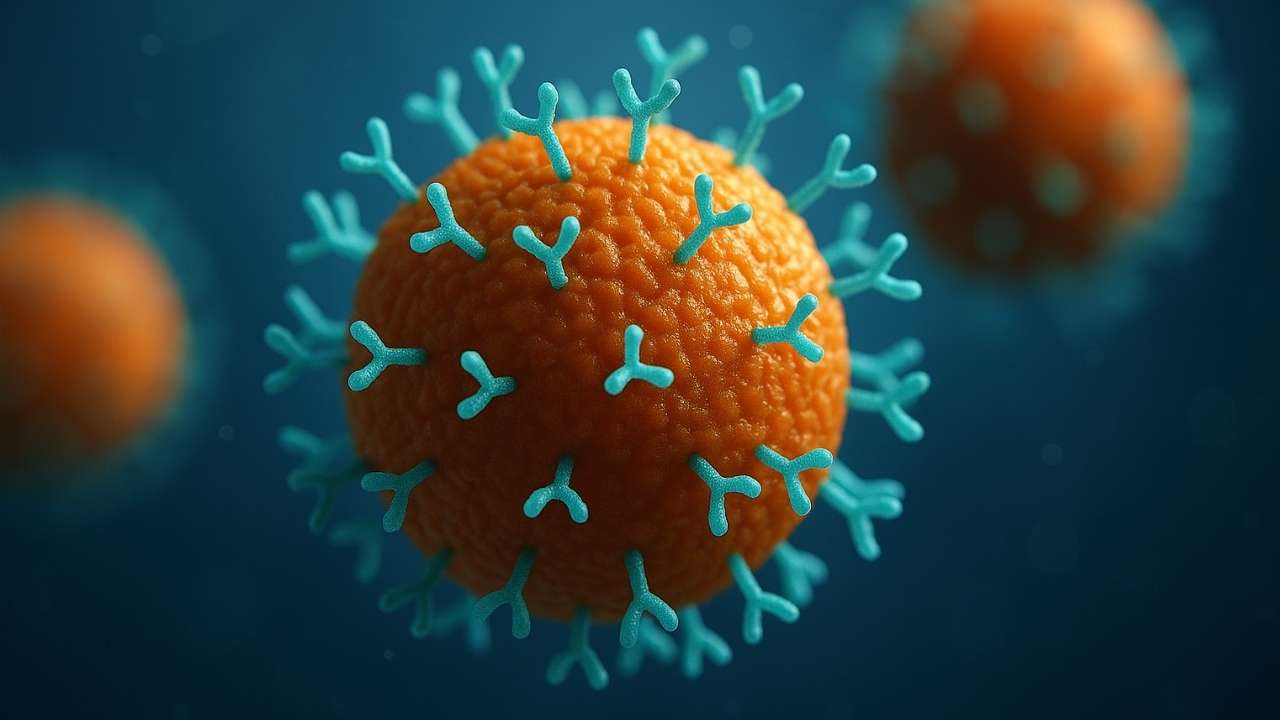Cancer Cell Sugar May Treat Diabetes! Sounds very surprising, right? But this is the reality that the scientists revealed recently. Let’s explore the real story.
In a remarkable breakthrough, researchers from Mayo Clinic have discovered that a sugar molecule used by cancer cells to evade the immune system may hold the key to treating type 1 diabetes. This sugar molecule, called sialic acid, typically coats the surface of cancer cells to help them hide from immune attack. Now, the same property is being explored for its potential to protect insulin-producing cells from destruction in type 1 diabetes, a disease once widely known as juvenile diabetes.
This finding not only opens new doors for therapeutic strategies but also challenges our understanding of immune system regulation. The most surprising part? A component once associated with the most evasive form of disease—cancer—may offer hope in a completely different medical condition.
Table of Contents
Understanding the Sugar Molecule: Sialic Acid

Sialic acid is a sugar-like molecule present on the surface of many cells in the human body. Cancer cells often overexpress this molecule to cloak themselves from immune cells, essentially becoming invisible to the immune surveillance system. This process, known as immune evasion, allows tumors to grow and spread without being destroyed by the body’s defenses.
Inspired by this strategy, Mayo Clinic researchers wondered: What if this same sugar coating could protect healthy cells, like insulin-producing beta cells, in autoimmune diseases?
Type 1 Diabetes: An Autoimmune Puzzle
Type 1 diabetes is an autoimmune disease where the body’s immune system mistakenly attacks and destroys insulin-producing beta cells in the pancreas. This results in a lifelong dependence on insulin injections and constant glucose monitoring.
Unlike type 2 diabetes, which is linked to insulin resistance and lifestyle factors, type 1 diabetes is caused by a malfunction in the immune system. The destruction of beta cells typically begins in childhood or adolescence, hence the older term juvenile diabetes.
Related: Microplastics in Human Reproductive Fluids: A 2025 Wake‑Up Call
The Surprising Link Between Cancer Cells and Beta Cells
Here’s where the story takes a surprising turn: scientists discovered that when beta cells were artificially coated with sialic acid—the same sugar molecule found on cancer cells—they became less recognizable to the immune system. In lab models, this protective shield allowed the cells to survive in an environment that would normally destroy them.
This suggests that we could eventually “trick” the immune system into sparing beta cells, just as cancer cells trick it into ignoring tumors. Scientists expect, this way, the cancer cell’s sugar molecule Sialic Acid may help cure Type 1 Diabetes.
Potential Game-Changer for Type 1 Diabetes Treatment
The implications of this discovery are profound. Current treatment for type 1 diabetes focuses solely on managing blood glucose levels, not stopping or reversing the disease itself. But this sugar-coating technique offers a proactive approach—protecting beta cells before they are destroyed.
Although the research is still in early stages and has been tested in preclinical models, it represents a shift toward immune-modulating therapies that preserve the body’s own insulin production.
If successful, this approach could:
- Delay or prevent the onset of type 1 diabetes in at-risk individuals
- Improve outcomes for patients recently diagnosed
- Complement islet cell transplants by shielding donor cells from immune attack
What Makes This Discovery So Unique?
What stands out most in this research is the counterintuitive use of a cancer survival strategy in the fight against autoimmunity. Cancer cells use sialic acid to escape detection, which typically works against us. But when repurposed in the context of type 1 diabetes, the same molecule becomes a biological ally, not an enemy.
This is a textbook example of how scientific insights from one disease field can revolutionize another. It’s also a striking reminder of the complexity—and adaptability—of the immune system.
Related Article: What is Lyme Disease? The Illness That Justin Timberlake Was Diagnosed With
What’s Next in Research?
The Mayo Clinic team is now working to understand how to safely and effectively apply this sugar coating in living systems. Key goals include:
- Optimizing the delivery of sialic acid to islet cells
- Determining how long the protective effect lasts
- Testing the immune system response in animal models
If successful, clinical trials may follow in the near future. Researchers are optimistic but cautious, emphasizing that human applications are still several years away.
A Hopeful Future for Autoimmune Disease Treatment
This discovery also has potential applications beyond type 1 diabetes. If scientists can fine-tune how immune cells respond to sugar-coated surfaces, this strategy may be applicable in other autoimmune diseases, such as multiple sclerosis or rheumatoid arthritis.
Moreover, it may lead to safer organ and cell transplants by reducing the need for immunosuppressive drugs. In essence, it may help us “reprogram” the immune system’s tendency to attack what it shouldn’t.
Final Thoughts
The idea that a sugar molecule used by cancer cells can be repurposed to protect insulin-producing cells is as inspiring as it is unexpected. While we are still far from a clinical cure, this research provides a powerful example of how cross-disciplinary innovation can lead to real progress.
If future studies confirm the findings, patients with type 1 diabetes may one day have access to therapies that don’t just manage—but prevent—the disease.
In the evolving landscape of medicine, this is a story to watch closely.
References
- Choe, J., Belmonte, P., Crotts, S., Nguyen, T., Friedman, D., Zastrow, A., Rajcula, M., Hammer, B., Wilhelm, C., Shapiro, M. J., Matveyenko, A., Shapiro, V. S. (2025). ST8Sia6 overexpression protects pancreatic β cells from spontaneous autoimmune diabetes in nonobese diabetic mice. J Clin Invest. 2025, 135(15):e181207.
- Belmonte, P. J., Shapiro, M. J., Rajcula, M. J., McCue, S. A., Shapiro, V. S. (2020). Cutting Edge: ST8Sia6-Generated α-2,8-Disialic Acids Mitigate Hyperglycemia in Multiple Low-Dose Streptozotocin–Induced Diabetes, The Journal of Immunology, 204, Issue 12, 3071.
- Mayoclinic
- This sugar molecule could stop type 1 diabetes, by fooling the immune system. ScienceDaily, 2 August 2025.
